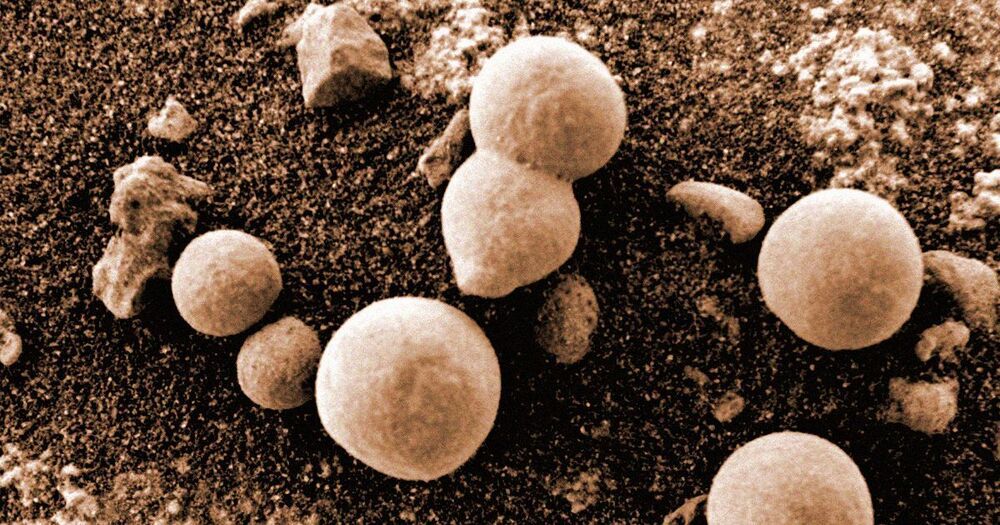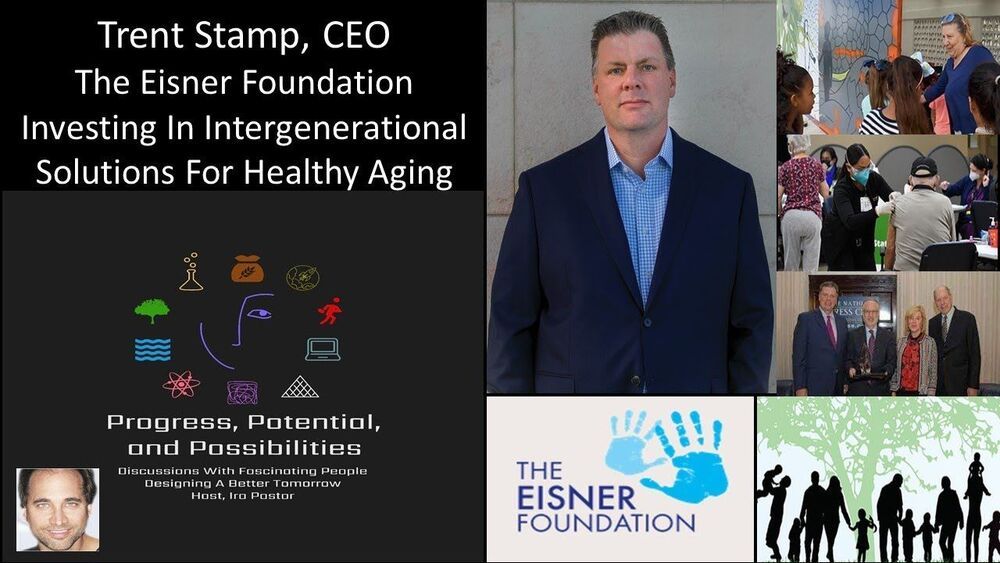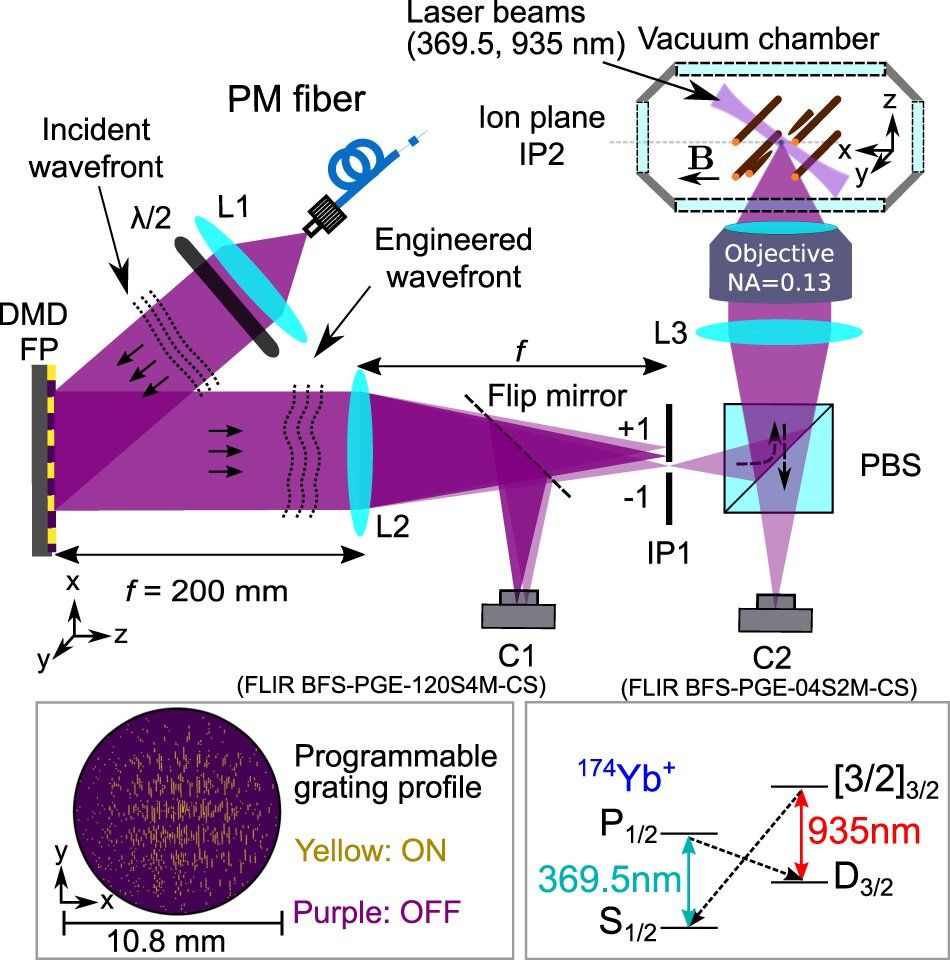May 6, 2021
Scientists Claim to Spot Fungus Growing on Mars in NASA Rover Photos
Posted by Jamal Simpson in category: alien life
The team went so far as to say that “black fungi-bacteria-like specimens also appeared atop the rovers.”
They didn’t stop there: the team also examined photos taken by NASA’s HiRISE, and found evidence for “amorphous specimens within a crevice” that “changed shape and location then disappeared.”
“It is well established that a variety of terrestrial organisms survive Mars-like conditions,” the team concludes. “Given the likelihood Earth has been seeding Mars with life and life has been repeatedly transferred between worlds, it would be surprising if there was no life on Mars.”

















